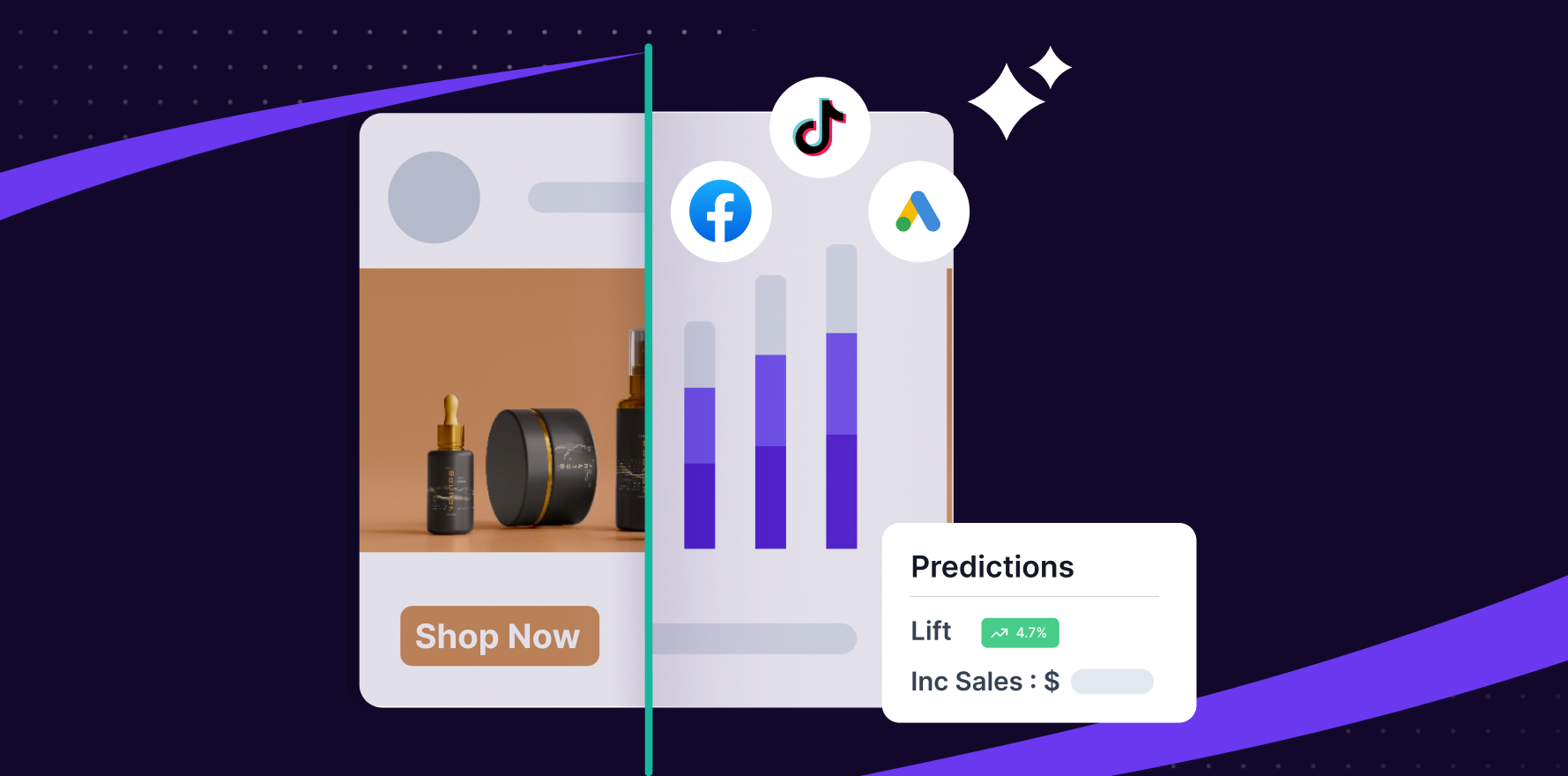What is Weighted Attribution?
Weighted Attribution, also referred to as the multi-touch attribution model, is a system used to quantitatively evaluate the worth of each touchpoint that leads a consumer to a conversion or sale. Instead of solely focusing on just the first or last touchpoint, as in other attribution models, the weighted attribution model assigns proportional credit to each interaction a consumer has with a brand on their path to purchase. Thus, the model takes into account the varying influence levels of each channel or technique utilized to draw the purchaser’s attention.
Formula
Example
Consider a smartphone seller who uses social media, email newsletters, search engine optimization, and online ads for promotions. A customer engaged with the brand’s social media post, clicked on an ad, checked out a promotional email, and finally made a purchase via the search engine result. Instead of assigning credit to just one of these touchpoints, the weighted attribution model might assign 25% of the credit to social media, 20% to the email newsletter, 30% to online ads, and 25% to SEO. Ratings can be assigned based on factors like the time spent by the customer on each interaction, the sequence of touchpoints, and various other criteria.
Why is Weighted Attribution important?
Weighted attribution helps marketers better understand their customers’ journey and pinpoint which marketing strategies are working and which aren’t. It provides a holistic view of marketing efforts, allowing brands to optimize resource allocation and ultimately increase conversion rates. It eliminates the skewed perspective of single-touch attribution models and delivers a comprehensive view of the customer journey.
Which factors impact Weighted Attribution?
To improve weighted attribution, marketers should regularly analyze and adjust their attribution weights according to changes in customer behaviour, market trends, and advertising impact. Additionally, using sophisticated analytics tools can help in collecting and analyzing multi-platform data to fine-tune the attribution model.
How can Weighted Attribution be improved?
Several factors may impact weighted attribution such as quality of content, effectiveness of the marketing channel, timing of the touchpoints, consumers purchasing habits, and many other micro and macro-economic conditions.
What is Weighted Attribution’s relationship with other metrics?
Weighted attribution directly impacts several key eCommerce metrics such as conversion rates, cost per conversion, customer lifetime value, and overall ROI. By providing detailed insights into each touchpoint’s effectiveness, weighted attribution allows marketers to allocate budget more intelligently, increasing ROI and minimizing costs per conversion.
Free essential resources for success
Discover more from Lifesight
















